
Find a local electrician
- Inspiration /
- Indoor projects /
- Lighting & electrical /
- How to use your...
How to use your switchboard
What to do if your power goes out
What is a switchboard?
A switchboard is an electric power board that holds individual switches to control different power needed to certain areas of your home.
What does a switchboard do?
Often referred to as a power box or a meter box, this board takes the entire load of the incoming electrical feed and separates it into switches rated for a specific amount of voltage. For example, a refrigerator needs more power than a table lamp plugged into an outlet. Voltages are measured by what the switch is for, then set up accordingly.
You can also find the main switch inside a meter box in addition to the switches on the switchboard. This single switch is to shut down all power from the entire board.
What should I do if my lights or power points aren’t working?
If there is an overload on one of your switches, that particular switch will automatically flip off. For instance, a living room with nothing but outlets and overhead lighting may not be prepared to accept an electric area heater. When used, it may tell the switch that it is not wired for that much power. Go to your switch box and check if all the switches are on. Chances are, there will be one that has flipped off. Instead, use another breaker that has a higher voltage setting or check with a licensed electrician for advice on increasing power.
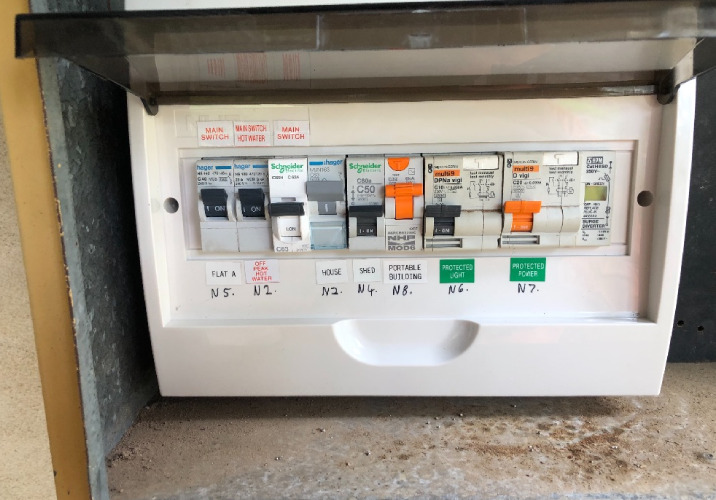
What should I do if all the electricity has gone off in my house?
In the case of all lights in the house turning off, several things could be the cause. Check your neighbour’s homes for any sign of lights. If their lights are out as well, there is probably a broader issue that is out of your control. If your neighbours have lights, check your main switchboard for signs that the main power switch has switched off. Switch it back on and make a note to check with your switchboard electrician to find the cause.
Safety tips for your switchboard
High voltage is nothing to play around with. Unless you are a licensed electrician, keep your DIY skills to turning the switches on and off. These switches are made for the average homeowner to use in case of a power surge or overload. Learning how to use a switchboard is easy as long as you don’t try and remove the switches. Only trained professionals are able to determine what is tied to a switch and how to approach a problem.
There are times when a switchboard will wear out or need repair. A few of these signs include:
- Lights begin to flicker
- Circuit breakers are always tripping
- Circuit box contains old ceramic fuses
- Switchboard feels warm when circuit is tripped
Never attempt to remove a switch to uncover a problem
Only a licensed switchboard electrician has the tools and knowledge to understand the problem. Voltage can be deadly to the inexperienced homeowner.
Avoid sparks or fire
Sparks or fire signal an emergency, and you should contact a licensed electrician immediately. Follow his instructions and wait for his arrival.
Label all switches
Labelling is a simple idea, but many homeowners do not follow. You can save a lot of time and frustration in knowing which switches control different parts of your home.
Check your circuit breakers
Circuit breakers play a crucial role in safeguarding electrical systems and preventing potential hazards. In Australia, RCBOs (Residual Current Circuit Breakers with Overcurrent Protection) are commonly used for enhanced safety. These devices combine the functions of both a residual current device (RCD) and a circuit breaker, providing protection against electrical shocks and overcurrent situations. When installing RCBOs, it’s important to follow the appropriate wiring diagram, such as the one provided by Clipsal, to ensure correct and safe installation in accordance with Australian electrical standards.
Contact local electricians
What to look for when hiring an electrician
Licensing
A qualified electrician will have completed trade school and spent four years as an apprentice. However, there is an exception to completing an apprenticeship. It can be challenging to find a master electrician to study under. It is possible to take the required courses that range from 6 to 18 months and pass a final exam. While being able to obtain a license, it can be challenging to find employment with a company without the on-hand experience of an apprenticeship.
Insurance
Your electrician should be able to provide a copy of their insurance for mishaps that could occur.
Experience
Experience is the key to understanding different areas of electricity. If your candidate has not completed an apprenticeship program, ask for references of past clients or seasoned electricians that can vouch for their work.
Quotes
Get three quotes from licensed electricians and compare the costs. Electricians in Australia average around $45 per hour for their services. The cost can vary according to region, experience and specialty.
How much will your job cost?
The Oneflare Cost Guide Centre is your one-stop shop to help you set your budget; from smaller tasks to larger projects.
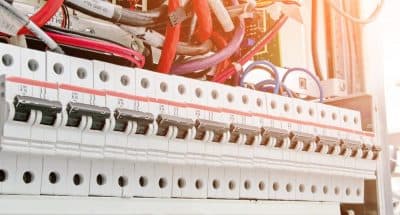
Circuit Breaker costs
Average price $400 - $2,500
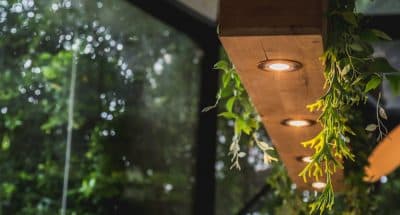
Downlight Installation costs
Average price $70 - $140 per hour

Lighting costs
Average price $60 - $110 per hour
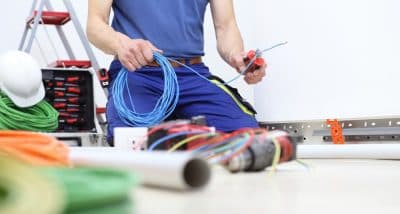
House Rewiring costs
Average price $30 - $55 per hour
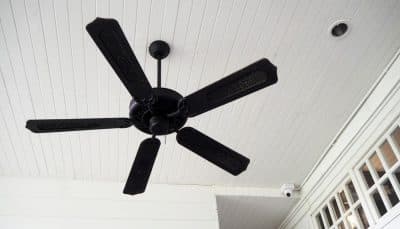
Ceiling Fan Installation costs
Average price $150 - $450
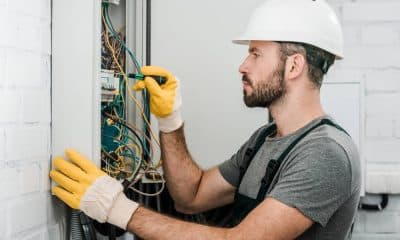
Electrician costs
Average price $50 - $200 per hour